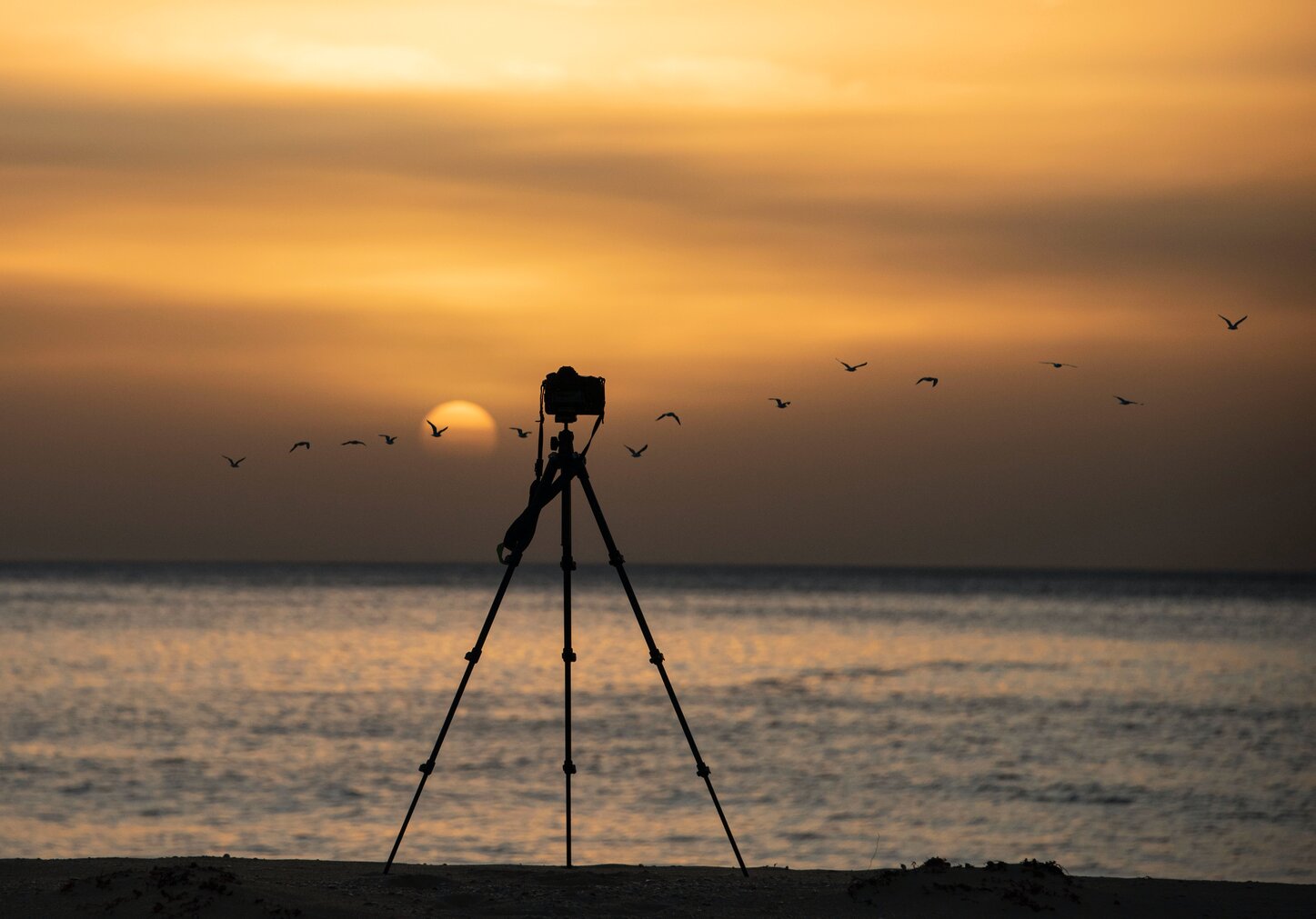Tripods & Accessories Built for the Great Outdoors
Ask any successful Landscape Photographer about their tripod and they will tell you it is just as important as their favorite lens— maybe more. They will point out that it prevents camera shake, provides a steady platform for precisely focused images, and helps with framing discipline. But what is a ‘landscape tripod,’ and does such a thing exist?
What Makes it a “Landscape” Tripod?
If you go Google “landscape tripod”, you will find a wide variety of articles and some manufacturers who present as landscape tripod makers. However, upon closer inspection it might be hard to determine the difference between these tripods. While they are not separated into their own category, tripods that are good for landscape photography all share five critical characteristics for landscape photography success. Let’s briefly examine each of them.
Tripod Leg Sections
Leg sections, usually 3-5 pieces, determine the ultimate height of the tripod and its stability. More leg sections usually mean that the tripod will extend higher, and this is critical for some work. The better manufacturers provide charts that will tell you the height of a given tripod based upon the leg section configuration and your height. Taller tripods with more leg sections spread further and this adds balance to your tripod position. Moreover, longer legs allow for a leg differential wherein you may want one leg shorter than another when working on uneven terrain.
Since you’ll often want to set your camera at a relatively high elevation, having extra leg sections (that are sturdy and not prone to movement) is extremely useful for getting your camera up off the ground and getting a good uninterrupted shot. If you’re using a telephoto or zoom lens you’re going to be extending your lens forward, which changes the center of balance. Having a wider spacing on the legs of the tripod makes this offset weight less problematic by offering good stability and reducing shake in the wind.
Tripod Weight
Landscape Tripod weight can be a challenge for landscape photographers especially when putting in a long hike for a magic destination. Landscape tripods due to their size are heavier and adding a couple of pounds might not be an option so selecting a large lightweight unit is critical.
Lightweight doesn’t mean low quality, though. The best Landscape Tripods use Carbon Composite construction and are lighter than regular aluminum tripods, but they are equally solid, if not more so. The price, however, is less inviting, but using a cheap and low-quality tripod is useless as the tripod will be vibrating in the wind, leading to unsharp images.
Stability
“Stability” is a key word for landscape photography. One thing many photographers might fail to account for is how the wind will affect your camera. Landscape photography often requires very long shutter speeds, where even the slightest movement can ruin your shot. To keep your camera stable for these long shutter times, you need your tripod to be made out of a material that’s heavy and sturdy enough to not be affected by the wind while also being light enough to transport to the kinds of locations you’ll actually be doing your photography.
The Ability to Mount a Variety of Ball and Pan Heads
Most landscape photographers use ball heads with L brackets on their cameras for secure camera attachment.
These are critical devices and often cost as much as the tripod but an absolute necessity if you are a serious landscape photographer. Typically, the better tripods have a 5/8’s screw post for ball heads or Arca Swiss type attachments. Many landscape photographers are also shooting video from their tripod and the ability to change to a quality video pan head is essential.
Landscape photography often has you traveling to locations with unusual or unstable terrain, which in turn can lead to awkward angles required to get the perfect shot. Being able to adjust the head of your tripod is a godsend in these situations. There’s nothing worse than climbing up a mountain, setting up your tripod, then realizing that your equipment is now forcing you to take a shot at a jaunty Dutch angle! The higher freedom of movement on a ball head makes it a better choice when mounted to a specified L bracket.
Take Care of Your Tripod
After being out in the elements, especially if you’re near salt water or sand, make sure that all of the pieces of your tripod are still able to move freely and lock in place correctly as well.
If there’s extra resistance, separate the pieces and clean them with filtered water and a soft bristle brush (if you need to remove any contaminants) as necessary. If you have screw-type legs and the threads need to be cleaned, remember to apply a small amount of silicone lubricant before reassembling. Always check to make sure that the tripod head and center column are properly fastened when stored. Simple maintenance like this can help ensure that your tripod stands the test of time and continues to function well wherever your photography may take you.
Final Thoughts
While a tripod is a staple in any gear bag, not every tripod is built the same. Especially for landscape photographers, packing tripods and accessories that can bear the weight of high-performance cameras, withstand extreme temperatures, and travel well across a number of environments is essential to a successful on-location shoot.
Over the years, various brands have stood out as top-tier manufacturers of professional tripods and accessories. If you are looking to update or expand your gear inventory, consider products from Really Right Stuff, Manfrotto, Sirui. and Benro.





